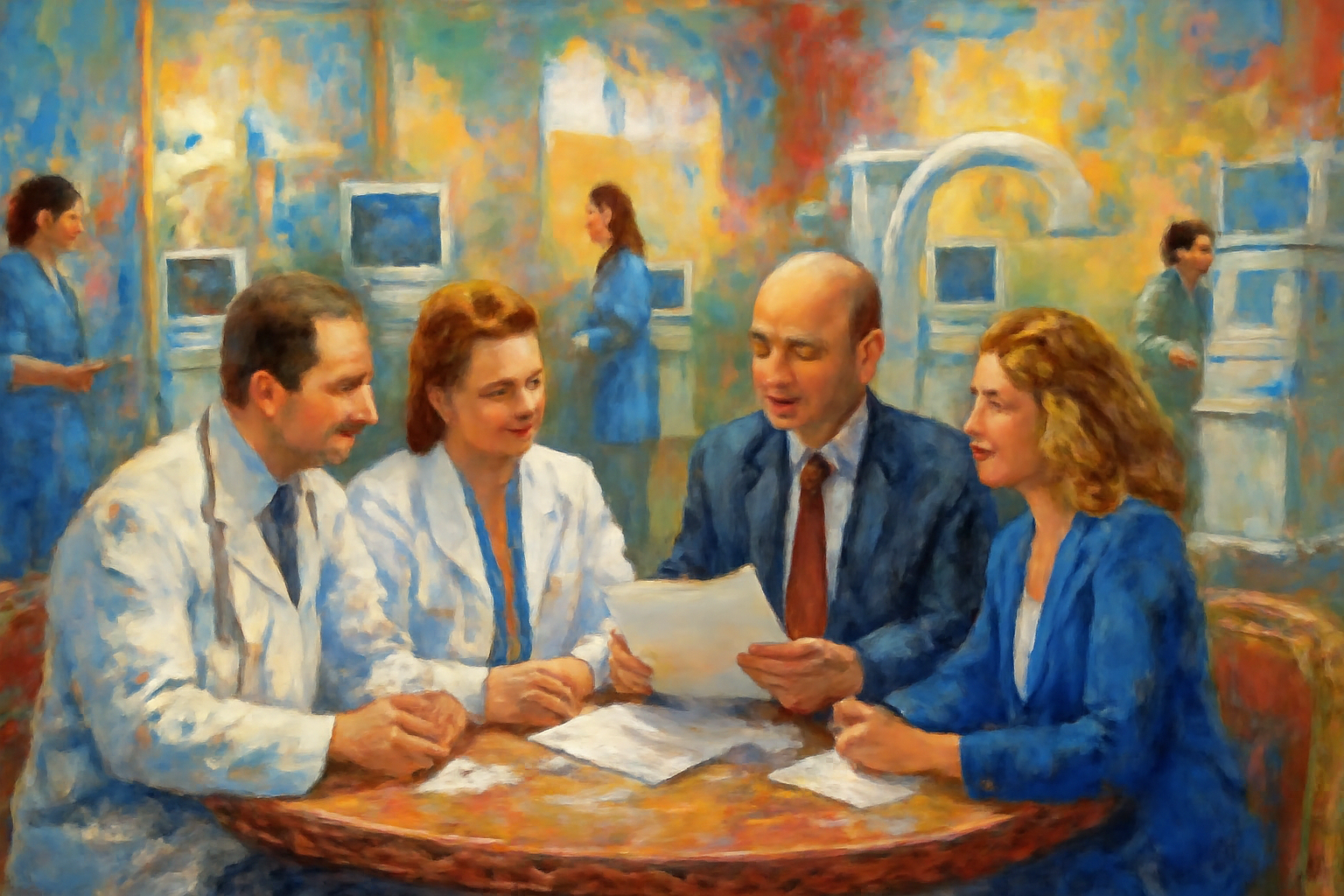
When evaluating whether to lease or own property and equipment for a medical practice, several key factors must be assessed to determine the most beneficial approach. Each option has unique advantages and limitations that can impact the financial health and operational efficiency of a medical practice.
Financial Considerations
Initial Costs: Leasing typically requires lower upfront costs compared to purchasing, which can help conserve capital for a medical practice. Conversely, owning necessitates a significant initial investment that may involve down payments, closing costs, and other acquisition fees.
Tax Implications: Both leasing and owning have distinct tax advantages. Lease payments are considered operating expenses and can be fully deducted, reducing taxable income. Ownership allows for depreciation deductions and mortgage interest expense deductions, providing long-term tax benefits.
Cash Flow Management: Leasing usually offers predictable monthly payments, assisting in cash flow management. Ownership might involve fluctuating expenses over time due to maintenance, repair, and loan interest variability.
Flexibility
Scalability and Location: Leasing provides flexibility to move or expand practice operations without the financial burden of selling owned property. This can be particularly advantageous in rapidly changing markets or in practices with growth potential.
Customization: Ownership allows greater latitude in customizing spaces and equipment to suit specific practice needs. However, renegotiating lease terms to allow modifications might be possible but will depend on landlord agreements.
Asset Appreciation and Equity
Equity Building: Ownership builds equity as loan payments are made, potentially increasing the net worth of the medical practice. This equity can be a resource in securing further financing.
Asset Appreciation: Real estate ownership can benefit from asset appreciation over time, contributing to the financial stability of the practice. Leasing does not offer this potential advantage.
Risk and Responsibility
Responsibility for Maintenance: Ownership means the practice is responsible for all maintenance and repairs, which can be costly and time-consuming. Leasing often includes maintenance within the rental agreement, reducing operational burdens.
Market Risk: Owners bear the risk of market value fluctuations that can impact property resale value or financial leverage. Lessees are not affected by market downturns but can face rent increases at lease expiration.
Technological and Equipment Considerations
Medical Equipment Leasing: For quickly evolving medical technology, leasing equipment can be advantageous. It allows practices to keep technology up to date without large capital expenditures and burdens of obsolescence.
Ownership Investment: Owning equipment means long-term investment with possible depreciation benefits. However, obsolescence remains a risk if the technology evolves rapidly.
Conclusion
Choosing between leasing and owning for a medical practice is a strategic decision influenced by financial capacity, growth prospects, tax considerations, and operational flexibility. Each practice should conduct a thorough cost-benefit analysis to align with its financial goals and operational demands.